Things are getting back to normal here at Skybound after a busy but excellent San Diego Comic-con, and that means 7 Questions with Sina Grace. Check out Guarding the Globe scribe Phil Hester’s thoughtful answers to my burning questions.
1. What do your kids think of you working in comics?
They’re totally unimpressed. I mean, I think they see it as cooler than selling insurance, but they’re so used to it, they assume everybody’s dad has comic books and tv shows.
2. You’ve accomplished a lot in your decade plus in the industry, making a mainstream name for yourself from your “indie” roots. Is there something you’ve yet to do with your career?
Two things: I’d like a signature run on an iconic character as both artist and writer, like Miller’s Daredevil run, and a long creator owned opus, like 60 issues of my own deal. I’m working to make that second one happen right now.
3. Can you elaborate on the process of writing Guarding the Globe… does Robert give you strict outlines, rules, or does he let you run free with his characters?
It’s more organic than that. I have general guidelines, but I basically pitch Robert on a four or five paragraph plot per issue. He tweaks that, then I script the issue. Robert reads that and gives me notes. Sometimes it’s completely smooth and painless, sometimes I screw it all up, as you know!
4. What drew you to work in the Kirkman universe?
The characters are very vibrant. Even when a character seems to be an homage or archetype on the surface, there’s always some deeper level to explore. Also, there’s a general ethos to Robert’s super hero books of “don’t be boring.” Sometimes that calls for innovative action, sometimes revealing character moments. Either way, it’s a fun place to be. It’s the Chuck E Cheese ball-pit of Image Comics.
5. I would imagine that given your background as an artist, the act of writing could be more nuanced than just sitting in from of a type writer… how do you go about writing comics?
I see every scene in my head before I write it. That is to say, as I’m writing dialogue, the action, panels, even balloon placements are already forming in my imagination. I think people would be surprised to see my first drafts because they might assume they are heavy on stage direction and camera angles, but none of that information is present. My first drafts read like radio plays– just dialogue. As I said before, the action is in my head.
I then cut the dialogue into page breaks, the panels already roughed out in my skull. I then type up panel descriptions for Todd Nauck. Todd happens to be a remarkable storyteller, especially when it comes to staging multiple characters in a single panel. His mise-en-scene in each panel is so effortlessly effective that I try not to clutter up the stage directions with too much junk. He knows what to do.
On other gigs, like The Darkness, I go from the script stage to a thumbnail stage. I take my radio play and rough out the images that where in my head while scripting on a very small template, like 2″x3″ per page, on a grid on a large, single sheet so I can see the whole book at once. I then do 6″ x 9″ thumbnails with balloon placements and margin notes to accompany a full script. So I guess compared to The Darkness, I’m ripping you guys off.
6. Skybound and Image are all about creators and new talents. For our up-and-comers nowadays, what was the best advice you got when you were starting out in this industry?
I always tell people to stop waiting for permission to become a cartoonist/writer/artist. If you want to be one, just start. There are no gatekeepers. Do the work and your skill level will rise to the point of gaining an audience, or at least pro gigs. You need no one’s permission to create.
As for advice given, I have to go with Archie Goodwin telling me “nothing teaches like work.” Don’t be too picky at the start of your career. There’s such a huge learning curve between page one and page one hundred of your first work that there’s something to be said for just diving right in, no matter the gig. That might even mean assigning yourself a gig like an editor. Treat yourself like an employee with a schedule, performance review, etc. Knock out that first 100 pages.
Also, John Buscema told me to buy a lot of hockey magazines to swipe super hero poses because skaters are always moving forward, not statically grounded like other athletes. How’s that for some old timey advice?
7. In your opinion, what would be the #1 craziest Image cross-over?
You mean crazier than the ones that have already happened? How about just the regular books, but everyone switches jobs. All the writers draw, all the artists write. Larsen has to do everything with the opposite hand.




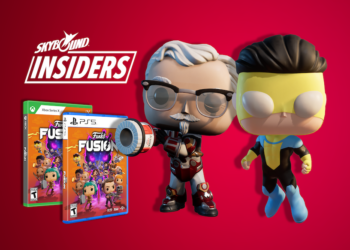
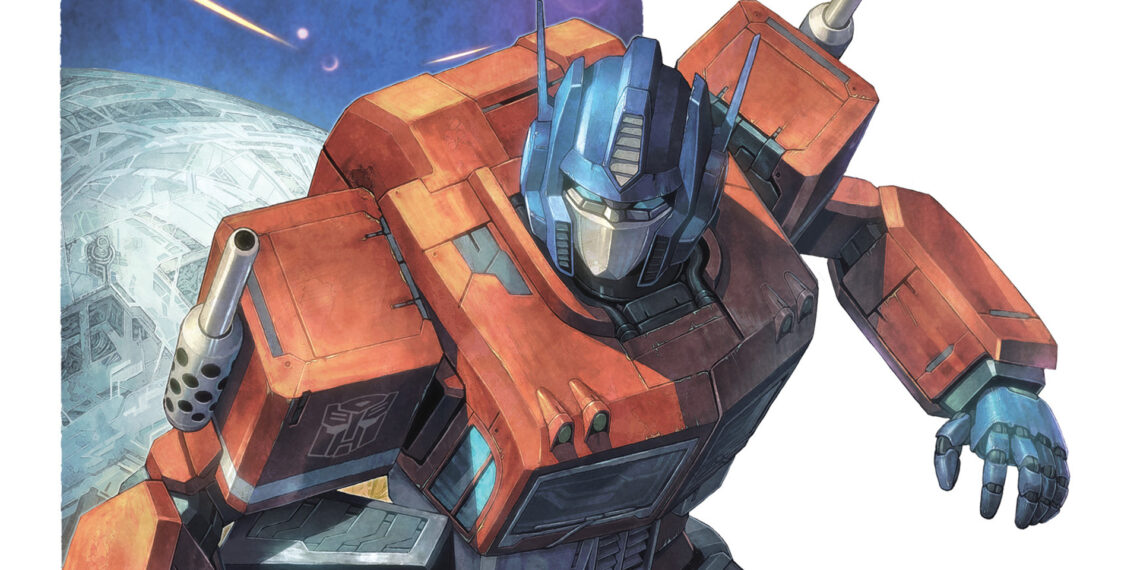
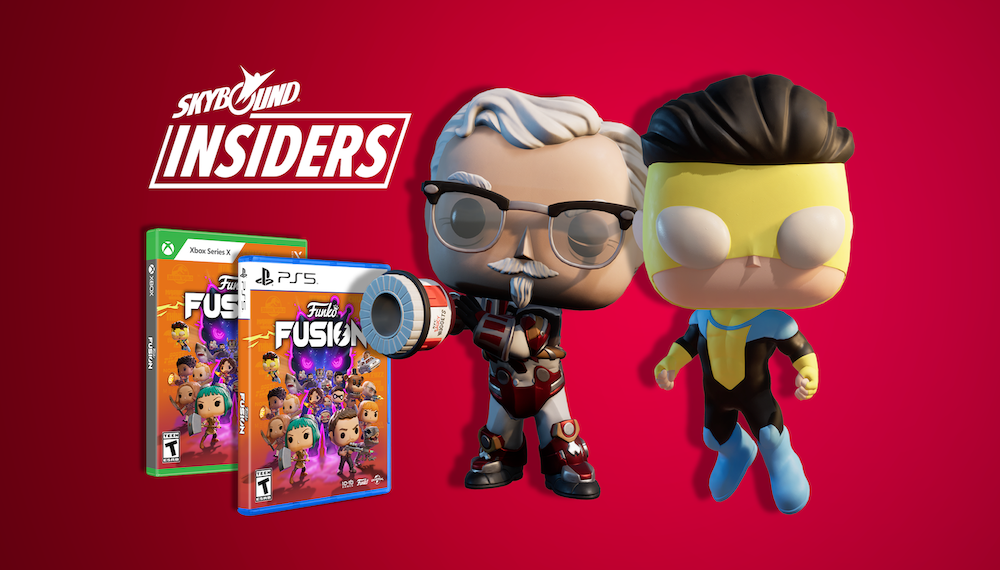
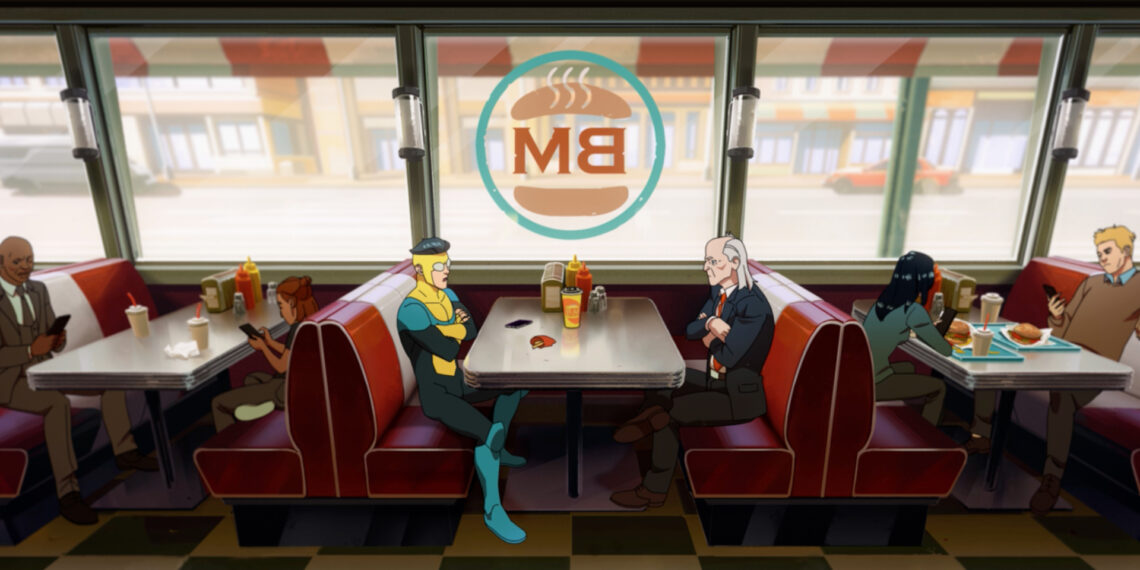





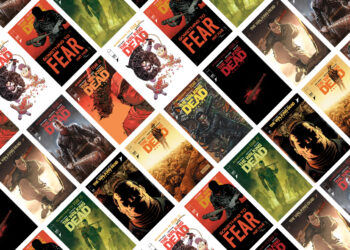

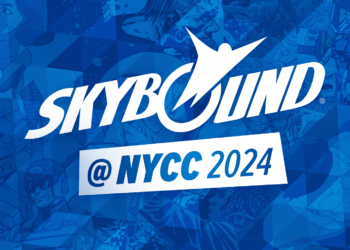
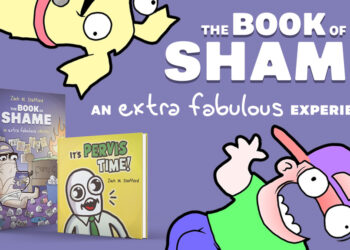



About a billion thanks to you, Sina Grace, for taking the time to respond to a request my friend Rod made for me, his friend in Michigan. My son loves it! Its a very nice thing you did, thank you.